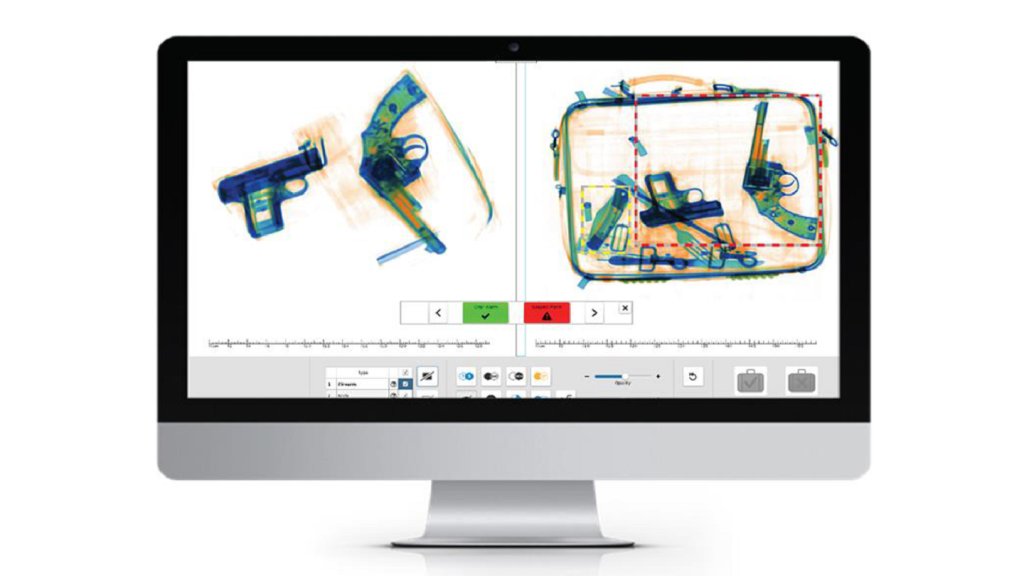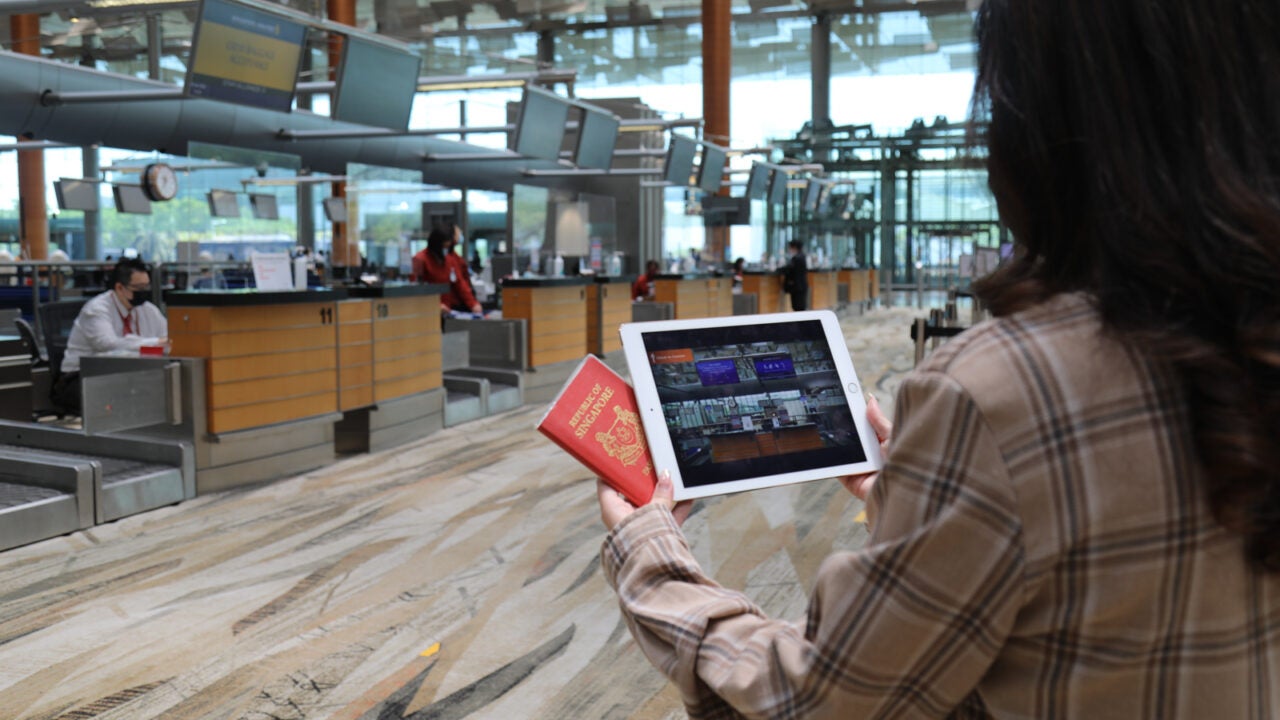
Changi Airport Group has launched an initiative to offer increased support and assistance for passengers with invisible disabilities travelling through Changi Airport. The initiative aims to create a stress-free, inclusive travel atmosphere for passengers, enabling them to travel through the airport with ease.
Singapore Changi Airport is a major international civil airport serving Singapore and is one of the largest transport hubs in Asia. One of the world’s busiest airports, it processed over 68 million passengers in 2019.
This busy, noisy airport environment can be a stressful experience for passengers, especially those who have invisible disabilities such as autism and dementia. With this in mind, the airport has launched its ‘Care@Changi’ initiative to further support their airport journey.
The initiative comprises a variety of tools and assistance methods to assist passengers with invisible disabilities, such as unique lanyards to alert staff of their presence, a customisable step by step airport guide, and staff who have been trained specifically to assist these passengers.
Frankie Youd talks to Damon Wong, vice president of Changi Airport Group’s passenger experience, ground operations and customer service, to find out more about the initiative.
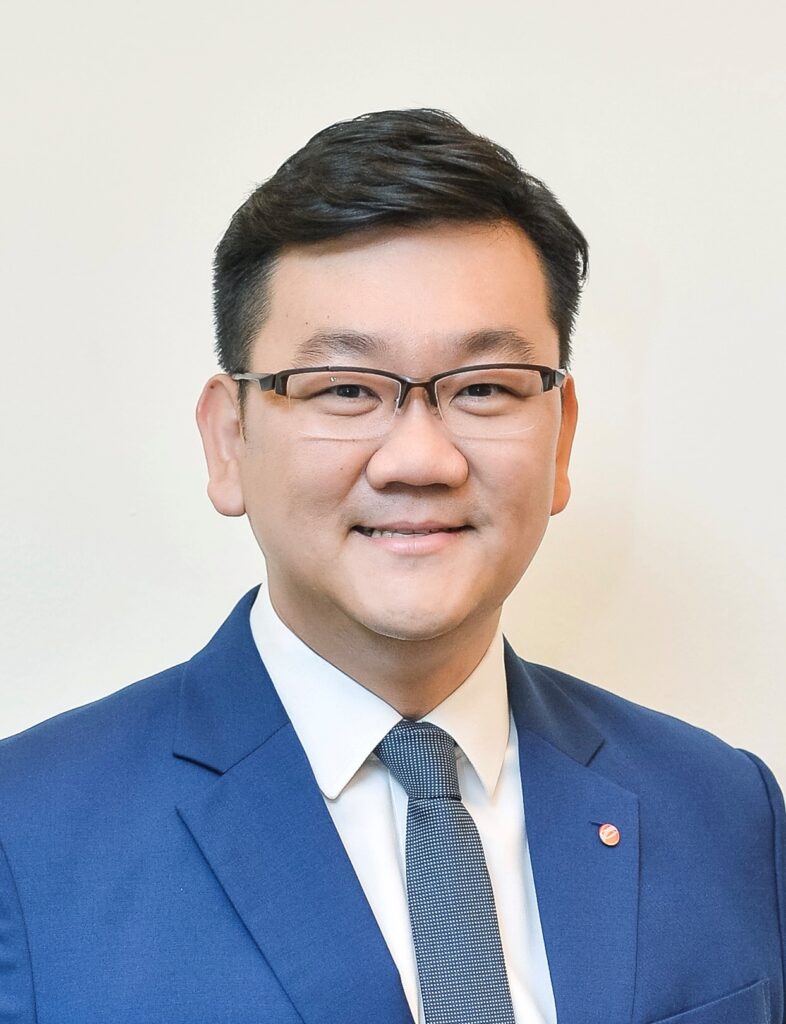
Frankie Youd: How did the idea to develop this initiative come about?
Damon Wong: Changi Airport aims to be an inclusive airport for all and has launched the Care@Changi programme to better support persons with disabilities.
How well do you really know your competitors?
Access the most comprehensive Company Profiles on the market, powered by GlobalData. Save hours of research. Gain competitive edge.

Thank you!
Your download email will arrive shortly
Not ready to buy yet? Download a free sample
We are confident about the unique quality of our Company Profiles. However, we want you to make the most beneficial decision for your business, so we offer a free sample that you can download by submitting the below form
By GlobalDataUnder this programme, services and amenities to support passengers travelling with children and persons with reduced mobility have been put in place in the airport. As persons with invisible disabilities face a different set of challenges, we consulted experts from special needs schools and organisations to better understand their needs and challenges.
We also engaged family members and caregivers of persons with invisible disabilities to gather their feedback and thoughts on the initiatives that were introduced. It was heartening that many of the families and caregivers that we spoke to welcomed the support initiatives launched.
What steps have been put in place at the airport to assist these passengers?
Three new initiatives have been launched at Changi Airport to better support persons with invisible disabilities, such as autism spectrum disorder, Down syndrome, and dementia.
Aimed at creating a more stress-free and inclusive travel experience for these passengers, the initiatives include a customisable step-by-step airport guide, being alert to special identifying lanyards, as well as having a pool of staff trained in identifying them, so passengers can get help more easily and discreetly.
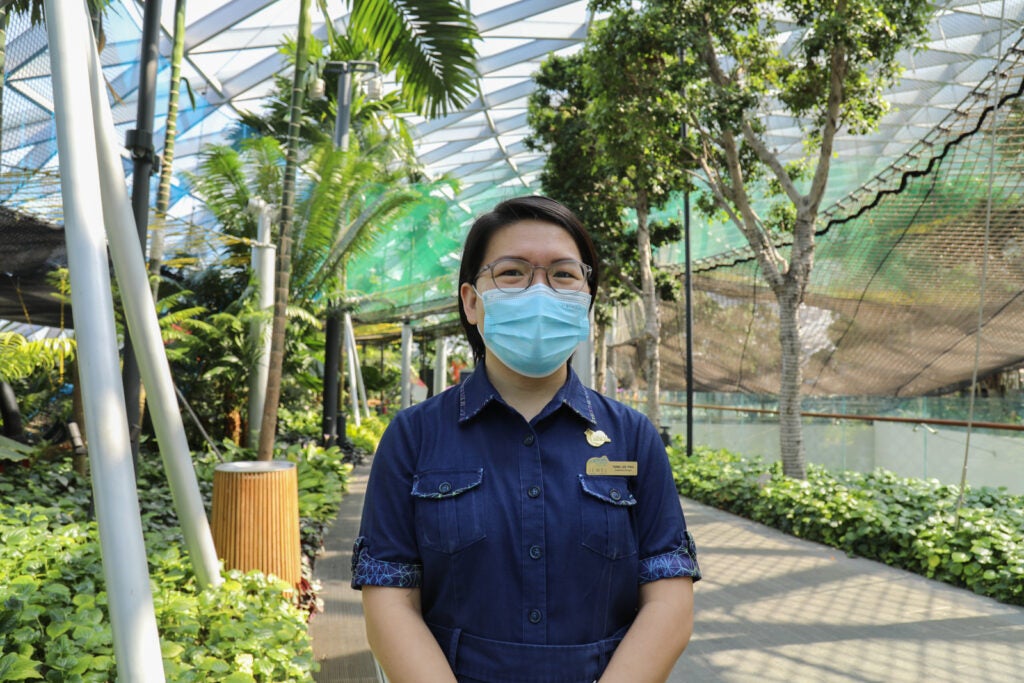
Care ambassador Lee Ping. Credit: Credit: Changi Airport Group. 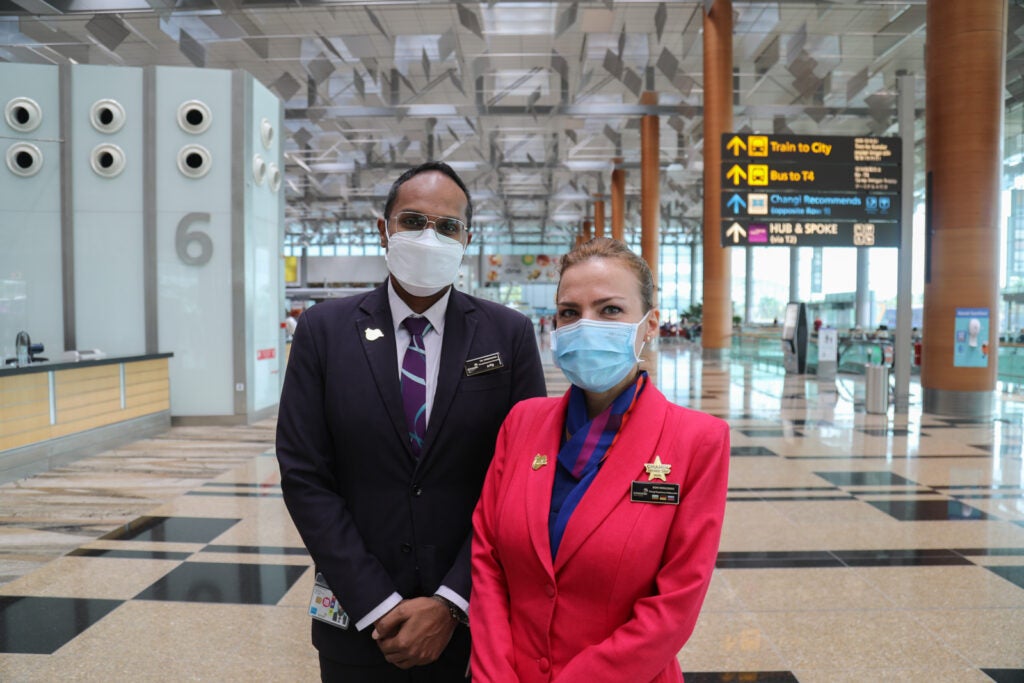
Care ambassador Vik and Bonie. Credit: Changi Airport Group.
What specific measures have you introduced?
In particular, the Changi Airport Social Story helps to reduce the stress of unfamiliar situations such as travelling for persons with invisible disabilities.
The customisable tool was jointly developed with experienced local educators from Rainbow Centre Training and Consultancy, a Singapore non-profit organisation that is committed to empowering persons with disabilities to thrive in inclusive communities.
Comprising pictures and short descriptions, a social story is a common tool used by caregivers to familiarise persons with invisible disabilities with the various processes before they reach their destination.
The step-by-step guide outlines the entire airport journey from check-in to boarding in a way that is easy to understand. Passengers and caregivers can go through the processes using the pictures in the social story during their pre-flight preparation.
This downloadable file allows for customisation to suit each passenger’s journey and can be easily accessed on Changi Airport’s website or be printed for physical use.
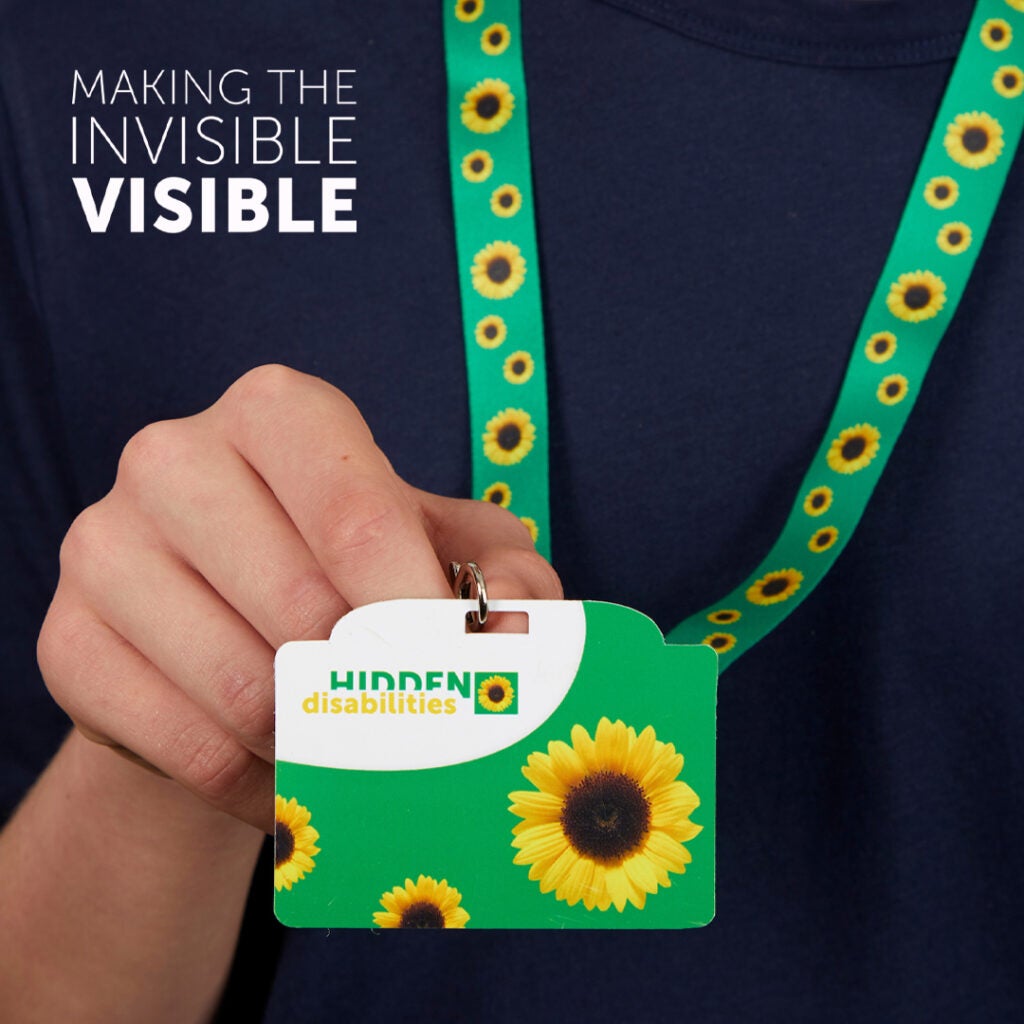
Credit: Changi Airport Group. 
Credit: Changi Airport Group.
What training do you give Changi Care Ambassadors?
Changi Care Ambassadors are frontline airport staff who have undergone training with Rainbow Centre Training & Consultancy to be equipped with the skillsets to assist passengers with special needs effectively.
Through this training, staff are able to look out for signs and behaviour that may suggest an invisible disability. They are also trained on ways to approach and engage these passengers.
They adopt the Observe, Wait, and Listen (OWL) approach to first understand the situation the passenger is in before taking the appropriate actions to assist him/her. Over 300 frontline staff from various passenger touchpoints at Changi Airport have benefitted from this training and we are looking to expand it to more staff this year.
Are there any plans for further development of this scheme/similar ones?
Currently, we are focusing our efforts to reach out to special needs schools and organisations to raise awareness of this programme within the community. As we progress, we will also look to expand the services and amenities that are available for passengers with invisible disabilities.
Moving forward, our team will be exploring the possibilities of introducing initiatives such as offering airport familiarisation tours for families, making the invisible disabilities lanyards available for collection at Changi Airport, as well as having a sensory or quiet room within the terminals so passengers feel more at ease when they travel through Changi Airport.
Should other airports offer a similar scheme?
As part of the aviation community, we believe having a programme that equips airport staff with the tools and skillsets to identify and serve passengers with invisible disabilities will help make their travel experiences a more seamless and stress-free one.




